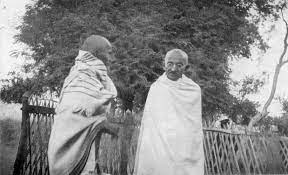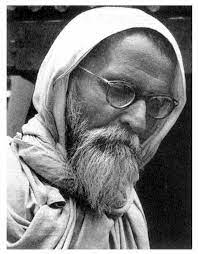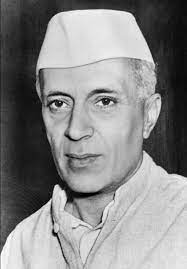India’s freedom struggle was one of the most remarkable events in modern history, a long and often difficult struggle against British colonial rule that ultimately led to India’s independence in 1947. One of the key movements in this struggle was the Individual Satyagraha, a powerful and unique form of resistance that helped to define the spirit of India’s fight for freedom.

Table of Contents
What is Individual Satyagraha?
The term “Satyagraha” was coined by Mahatma Gandhi and referred to his philosophy of nonviolent resistance. Satyagraha is based on the idea that one can resist injustice without resorting to violence. It is a powerful tool for social and political change that relies on the moral force of the individual to bring about change.
Individual Satyagraha was a form of Satyagraha that was launched by Mahatma Gandhi in August 1940. It was a call for individuals to stand up against British colonial rule and demand India’s independence. The movement was unique in that it focused on individual action rather than collective action.
During the Individual Satyagraha, individuals were asked to write to the British Viceroy and demand India’s independence. The letters were to be written in a respectful and nonviolent manner, but they were to make it clear that the writer was committed to the cause of Indian independence.
The Impact of Individual Satyagraha
Individual Satyagraha had a significant impact on the Indian freedom struggle. It was a powerful form of resistance that helped to galvanize support for the cause of Indian independence. It also helped to define the spirit of India’s fight for freedom, emphasizing the importance of nonviolence and individual action.
The movement was particularly effective in highlighting the injustices of British colonial rule. By demanding independence in a respectful and nonviolent manner, individuals were able to demonstrate the strength of their conviction and the legitimacy of their cause.
Individual Satyagraha also had a profound impact on the individuals who participated in the movement. It gave them a sense of purpose and a feeling of empowerment, allowing them to take control of their own destiny and contribute to the larger struggle for freedom.
First Individual Satyagrahi
The first individual to launch the Individual Satyagraha movement was Vinoba Bhave. Vinoba Bhave was a close associate of Mahatma Gandhi and a prominent social reformer in India.

On October 17, 1940, Vinoba Bhave was selected by Gandhi to be the first individual to launch the movement. He wrote a letter to the British Viceroy, Lord Linlithgow, stating his intention to disobey the British government’s orders to join the war effort and demanding that India be granted independence. His letter was written in a respectful and nonviolent manner, but it made it clear that he was committed to the cause of Indian independence. Vinoba Bhave’s act of civil disobedience inspired many others to follow his example and launch their own Individual Satyagraha movements.
Second Individual Satyagrahi
The second individual to launch the Individual Satyagraha movement was Pandit Jawaharlal Nehru. Jawaharlal Nehru was a prominent leader of the Indian National Congress and would later become the first Prime Minister of independent India.

He launched his Individual Satyagraha movement on December 15, 1940, by writing a letter to the British Viceroy, Lord Linlithgow, in which he demanded India’s independence and declared his intention to engage in peaceful civil disobedience until this demand was met. Nehru’s letter was also written in a respectful and nonviolent manner, but it was firm and unyielding in its demand for India’s independence. Nehru’s act of civil disobedience was a significant moment in the Indian freedom struggle, as it demonstrated that even the most prominent leaders of the Indian National Congress were willing to risk arrest and imprisonment for the cause of Indian independence.
Third Individual Satyagrahi
The third individual to launch the Individual Satyagraha movement was Brahma Datt. Brahma Datt was an Indian independence activist and a close associate of Mahatma Gandhi. He was the third individual to undertake a Satyagraha, which is a form of nonviolent resistance, in support of the Indian independence movement.
Conclusion
The Individual Satyagraha was a powerful movement that helped to define India’s fight for independence. It was a unique form of resistance that emphasized the importance of nonviolence and individual action. By demanding India’s independence in a respectful and nonviolent manner, individuals were able to demonstrate the strength of their conviction and the legitimacy of their cause. The movement was a testament to the power of the individual to bring about social and political change, and it played a crucial role in India’s journey towards independence.
Q. In 1940, Vinoba Bhave started individual Satyagraha from
(A) Nadiad in Kheda district, Gujarat
(B) Pavnar, Maharashtra
(C) Punnapra-Vayalar, Kerala
(D) More than one of the above
(E) None of the above
Ans: (B)
Important Links